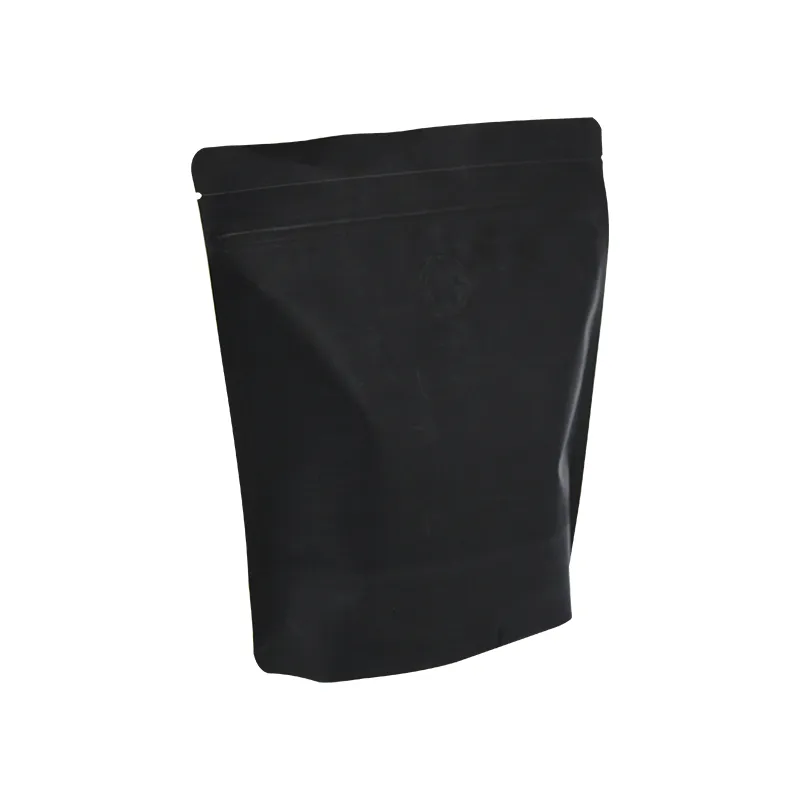- Afrikaans
- Albanian
- Amharic
- Arabic
- Armenian
- Azerbaijani
- Basque
- Belarusian
- Bengali
- Bosnian
- Bulgarian
- Catalan
- Cebuano
- chinese_simplified
- chinese_traditional
- Corsican
- Croatian
- Czech
- Danish
- Dutch
- English
- Esperanto
- Estonian
- Finnish
- French
- Frisian
- Galician
- Georgian
- German
- Greek
- Gujarati
- haitian_creole
- hausa
- hawaiian
- Hebrew
- Hindi
- Miao
- Hungarian
- Icelandic
- igbo
- Indonesian
- irish
- Italian
- Japanese
- Javanese
- Kannada
- kazakh
- Khmer
- Rwandese
- Korean
- Kurdish
- Kyrgyz
- Lao
- Latin
- Latvian
- Lithuanian
- Luxembourgish
- Macedonian
- Malgashi
- Malay
- Malayalam
- Maltese
- Maori
- Marathi
- Mongolian
- Myanmar
- Nepali
- Norwegian
- Norwegian
- Occitan
- Pashto
- Persian
- Polish
- Portuguese
- Punjabi
- Romanian
- Russian
- Samoan
- scottish-gaelic
- Serbian
- Sesotho
- Shona
- Sindhi
- Sinhala
- Slovak
- Slovenian
- Somali
- Spanish
- Sundanese
- Swahili
- Swedish
- Tagalog
- Tajik
- Tamil
- Tatar
- Telugu
- Thai
- Turkish
- Turkmen
- Ukrainian
- Urdu
- Uighur
- Uzbek
- Vietnamese
- Welsh
- Bantu
- Yiddish
- Yoruba
- Zulu
30 mil to mm
Understanding the Conversion 30 Mil to Millimeters
When discussing measurements, particularly in construction, engineering, or other technical fields, understanding different units of measurement is crucial. One common conversion that professionals often encounter is from mils to millimeters. To provide a detailed understanding of this conversion, we'll explore what a mil is, how it translates to millimeters, and some practical applications of this knowledge.
What is a Mil?
A mil is a unit of measurement often used in the United States and is equivalent to one-thousandth of an inch (0.001 inches). The term is frequently used in industries where precise thickness measurements are critical, such as in food packaging, plastic sheeting, and coating applications. The mil is a convenient measure for these fields because it allows for easy discernment of very thin materials, providing precise specifications that help in both manufacturing and quality control processes.
Conversion of Mil to Millimeters
To convert mills to millimeters, it’s essential to know the conversion factor. Given that one mil equals 0.001 inches, and knowing that one inch is equal to 25.4 millimeters, we can derive the formula
1 mil = 0.001 inches 1 inch = 25.4 mm Therefore, 1 mil = 0.001 x 25.4 mm 1 mil = 0.0254 mm
Using this conversion factor, we can determine how many millimeters are in 30 mils
\[ \text{30 mils} = 30 \times 0.0254 \text{ mm} \] \[ \text{30 mils} = 0.762 \text{ mm} \]
Thus, 30 mils is equivalent to approximately 0.762 millimeters. This is a very small measurement, which underscores the importance of precise tools and methods when dealing with such fine scales.
30 mil to mm

Practical Applications
Understanding how to convert mils to millimeters, especially in measurements like 30 mil, has significant practical applications in various industries
1. Manufacturing and Fabrication When creating custom parts or products, knowing exact thicknesses can determine the feasibility of manufacturing methods and the durability of the final product. For instance, plastic sheets marketed as 30 mil thick would need to meet specific performance criteria established by the industries using them.
2. Construction Professionals in construction use thickness measurements to ensure that materials meet specific codes and standards. For example, waterproofing membranes in roofing might be specified in mils, and if a contractor needs to verify the acceptability of that thickness in millimeters, the conversion becomes necessary.
3. Quality Control Industries focused on quality control might specify tolerances in mils. Being able to convert these numbers into millimeters will help engineers and inspectors to ensure that products meet stringent specifications, thus maintaining safety and reliability.
4. Health and Safety In sectors like food packaging, the thickness of materials can affect how well they keep products protected from the elements. Regulations may state thickness requirements in mils, and understanding these figures can ensure compliance with safety standards.
Conclusion
In conclusion, the conversion from 30 mil to millimeters provides insights not only into a specific measurement but also into broader implications for industries that depend on precise measurements for safety, performance, and quality. With the straightforward conversion formula established—1 mil equaling 0.0254 mm—professionals can effectively communicate and enforce standards across various technical fields. As global manufacturing continues to expand, and as more sectors integrate into international markets, having a solid grasp of how different measurement systems relate to one another ensures clarity and precision in a world reliant on technical specifications.
Ultimately, whether working in construction, manufacturing, or quality assurance, understanding how to convert and use measurements accurately is a vital skill that enhances professionalism and operational efficiency across diverse industries.













